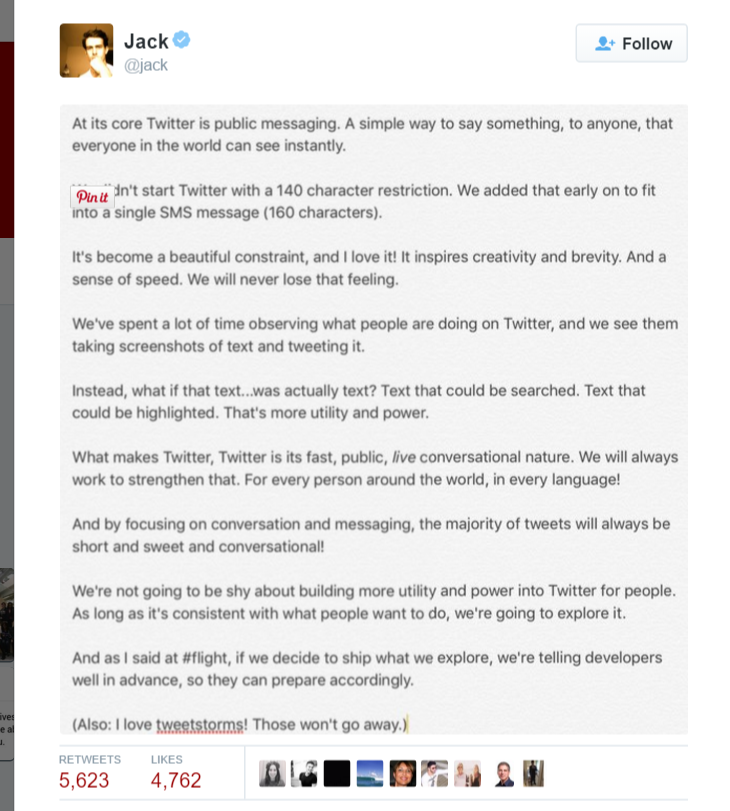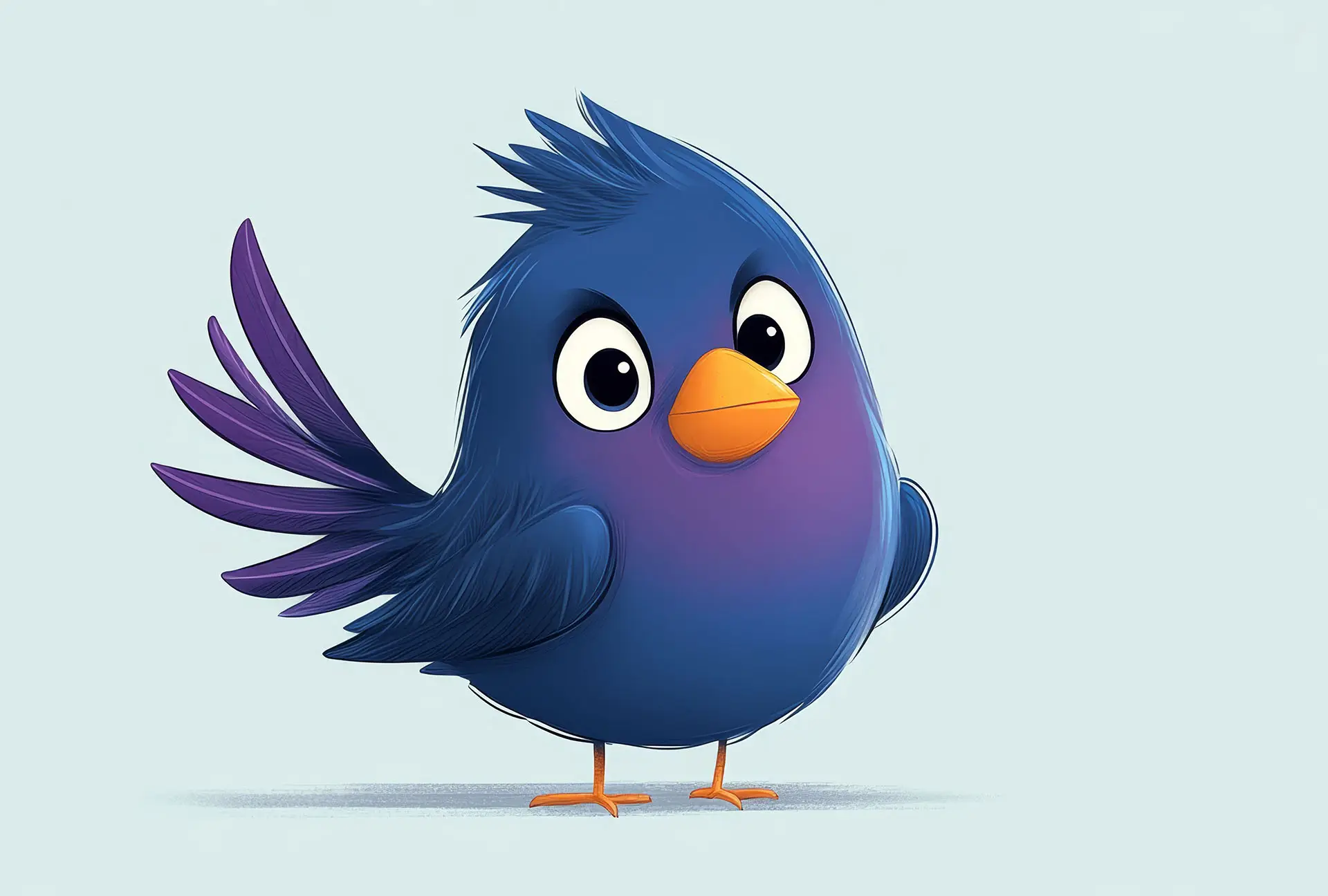Will Twitter Increase Character Length?
This week, Re/code and The Wall Street Journal reported that Twitter is considering expanding the length of tweets from 140 characters to a staggering 10,000. While this rumour has surfaced before, a cryptic tweet from Twitter Co-Founder and CEO Jack Dorsey has given it new momentum. Dorsey shared a screenshot of an article far exceeding the 140-character limit, sparking a lively ‘will they or won’t they’ debate.
 Will Twitter Increase Character Length?
Will Twitter Increase Character Length?
For many die-hard tweeters, increasing the character limit could change Twitter’s conversational nature. Part of the platform’s appeal is the brevity that forces users to condense their thoughts. However, the reality is that without such changes, users may continue to migrate to other platforms. High-profile users like Hillary Clinton, with 5 million Twitter followers, are already posting links to longer-form content on other sites like Medium—a platform designed for sharing ideas and stories longer than 140 characters. Likewise, Pia Alonzo Wurtzbach, the new Miss Universe, tweeted a link directing her half-million followers to a Facebook post, which then received 500,000 ‘likes’.
“We’ve spent a lot of time observing what people are doing on Twitter, and we see them taking screenshots of text and tweeting it. Instead, what if that text… was actually text? Text that could be searched. Text that could be highlighted. That’s more utility and power.”
—Jack Dorsey, Twitter CEO
Twitter’s Need for Change
One thing is clear: Twitter needs to evolve. With its stock price dropping by 50% in the last six months, attracting new users while retaining existing ones is becoming a priority. If Twitter does move forward with increasing the character limit, it’s expected that they will follow this by pitching to publishers to host their entire content on the platform, similar to Facebook’s ‘Instant Articles’ feature. Launched last year, Instant Articles allows publishers like The Guardian and the BBC to post full articles directly to Facebook. Facebook, too, has been steadily increasing its character limit—from 160 characters originally, to 420 in March 2009, then to 5,000 a few years later, and finally up to a massive 63,206 as of November 2011.
“We want to reach current and future readers, and we aren’t holding anything back.”
—Fred Ryan, Washington Post
How Publishers Are Responding
Many publishers have approached these new features tentatively, posting just one or two articles a day to test the waters. However, the Washington Post recently decided to post their entire content on Facebook. Their reasoning? Young people no longer visit traditional websites for news, instead favouring social media platforms.
“The Post has seen explosive growth in readership over the past year, and working with partners like Facebook allows us to further attract and engage those readers.”
—Washington Post
What’s Next for Twitter?
Twitter’s main goal is twofold: to attract new users while retaining current ones and to make the platform more appealing to investors. Expanding the character limit may be a step in the right direction, allowing users to post more content directly to Twitter without linking to external sites. However, whether this will help Twitter grow and regain investor confidence remains to be seen. An announcement regarding the changes is expected by the end of March.
Twitter’s future could hinge on how this new feature is received—will it help revitalise the platform, or will it alienate the user base that loves its quick-fire nature? Time will tell.





